Dental care isn't just important for humans; it's essential for our canine friends, too! If you've been wondering how to brush your dog's teeth properly, you've come to the right place.
Toothbrushing is an easy routine that can make a world of difference for your pup's oral health—without any struggle. Grab a pet toothbrush and some dog toothpaste, and let's get to work!
Why Is Brushing Your Dog's Teeth Important?

Brushing your dog's chompers is a must to keep their smile shining and their gums healthy. Regular brushing helps prevent dental disease, bad breath, and painful issues like tooth loss. Plus, it's an easy way to give your pup the best chance for a long, healthy life. Just a few minutes each day can go a long way in maintaining their dental health.
The Role of Oral Hygiene in Your Dog's Health
Oral hygiene plays a huge role in your dog's overall health. Keeping their teeth clean can help prevent serious dental problems like gum disease and even heart conditions.
When you brush your pet's teeth, you're not just fighting plaque but also boosting their health from the inside out. A clean mouth equals a happier, healthier pup!
Common Dental Issues in Dogs Without Proper Care
Neglecting toothbrushing can cause different dental issues to creep up fast. Here are some of them:
- Dental Disease. Bacteria buildup can lead to gum inflammation, causing discomfort and foul breath.
- Tooth Loss. Poor oral hygiene can result in loose or missing teeth.
- Plaque Buildup. Plaque turns into tartar, leading to even more serious dental issues.
- Gum Disease. If you don't remove plaque and tartar, the gums can become inflamed and infected and cause periodontal disease (PD).
- Bad Breath. Unbrushed teeth cause stinky breath and a less-than-pleasant kiss from your pup!
Related Post: What Can I Give My Dog for Tooth Pain Relief
What You'll Need To Brush Your Dog's Teeth
Ready to get started? You'll need a few essential tools to clean your furry friend's teeth properly. Don't worry, it's simple!
All you need is the right pet toothpaste, a toothbrush designed for pets, and a little patience. With the right equipment, brushing your dog's pearly whites can become a fun, easy daily routine.
Dog-Friendly Toothpaste and Brushes
Dog-friendly toothpaste comes in flavors your pet will love and ingredients that are safe to swallow. Don't use human toothpaste, as it can upset their stomach.
A pet toothbrush can make the task easier and more comfortable for both of you. Pick the tools your dog will tolerate best and get brushing! Here are some different brush options to consider:
- Traditional Dog Toothbrush – Resembles a human toothbrush but has softer bristles and an angled head for easier reach.
- Dual-Headed Toothbrush – Features two brush heads (one large, one small) to accommodate different tooth sizes and cleaning needs.
- Finger Toothbrush – A soft-bristled brush that slips over your finger, allowing for gentle and precise cleaning.
- Electric or Sonic Toothbrush – Uses vibrations to help break down plaque and tartar more efficiently.
- Chewable Toothbrush – A rubber or silicone tool that dogs can gnaw on, helping clean their teeth naturally.
- 360° Toothbrush: This toothbrush Features bristles all around the brush head for quicker, more effective cleaning from any angle.
Optional Tools for Better Results
If you want to take your dog's dental care to the next level, there are a few optional tools that can help. Consider using dental chews or finger brushes for extra plaque removal.
You can also try an angled toothbrush to reach those back teeth more easily. These small additions to your pup's dental routine can make a big impact on their oral health, keeping their chompers cleaner for longer.
How Often Should Dogs' Teeth Be Brushed?
Ideally, toothbrushing should be part of their daily routine. If daily brushing isn't possible, aim for at least three times a week to maintain healthy gums and teeth. The more frequently you brush, the less likely you are to encounter plaque, tartar, or gum issues.
If your dog has only a few teeth left, frequent brushing becomes even more important to maintain their oral health. Make it a habit for a happier, healthier, and fresher-smelling pup.
Signs It's Time To Brush More Often
Sometimes, your pup's mouth will tell you it's time for some cleaning. Keep an eye out for these signs that their chompers need extra attention:
- Bad Breath. If your dog's breath is starting to smell a little too funky, it might be time to brush more often.
- Plaque or Tartar Buildup. Notice any yellowish or brown spots on their teeth? It's a sign plaque is building up.
- Gum Redness or Swelling. Inflamed gums are a red flag for gum disease, and regular toothbrushing can help.
- Drooling or Excessive Saliva. Extra saliva can be a sign of oral discomfort, which more brushing can help address.
How To Brush Dogs' Teeth: Step-By-Step Instructions
Our canine friends can't brush their own teeth, so they need our help. Here's a simple step-by-step guide to make the process smooth and easy for both of you:
- Get Your Tools Ready. Gather your dog-friendly toothpaste, toothbrush, and any optional tools like dental sticks or chews.
- Prepare Your Dog. Gently lift your pet's lips and get them used to having their mouth handled.
- Start Brushing. Gently brush their teeth in a circular motion, cleaning the upper and lower teeth. Also, put a bit more focus on the gum line and back teeth.
- Reward Time. Always finish with a tasty treat or a positive reinforcement to make the experience fun for your furry buddy.
Preparing Your Dog for Brushing
Before you begin toothbrushing, get your canine companion comfortable with the process. Start by gently touching their mouth and teeth, so they get used to having those parts handled. Don't rush the process.
Make toothbrushing a positive experience with gentle praise and treats so they associate it with something fun. Gradually, your dog will get used to the routine and be ready for some teeth cleaning.
Techniques for Effective and Gentle Cleaning
When brushing your dog's teeth, use techniques that are both effective and gentle. Start by using a soft-bristled toothbrush or finger brush, and always be gentle around their gums.
Brush in small, circular motions to remove plaque without causing irritation. Focus on the gum line where plaque tends to build up. Take it slow and keep the experience calm and stress-free for your pup.
How To Brush Teeth of Nervous or Hyper Dogs
Brushing a nervous or hyper dog's teeth can be a bit tricky, but with the right approach, it's totally manageable. Try these methods:
- Keep It Quick and Calm. Keep the sessions short and positive, and try to stay calm. Your dog will feed off your energy.
- Take It Step By Step. Break the process into small steps, starting with just a few seconds of brushing. Gradually increase the time as your dog becomes more comfortable.
- Use Rewards. Don't forget to reward your pup when they cooperate to create a positive association with the experience.
- Repeat and Be Consistent. Make toothbrushing a routine, and soon, your dog will get used to the process.
Using Positive Reinforcement During Brushing
Start by rewarding your dog with a treat or praise after each successful brushing session. This helps them associate brushing with something positive. Over time, your dog will look forward to their oral care routine if it's paired with rewards and affection. Make brushing fun, and your dog will stay calm and happy during the process.
Can CBD Help Calm Dogs While Brushing Teeth?

If your dog gets a little too anxious during brushing, CBD from HolistaPet can help promote calmness. CBD works by interacting with your dog's endocannabinoid system (ECS), which can help reduce nervousness and promote a relaxed state.
We offer a range of soothing CBD products, like soft chews, crunchy treats, oils, and capsules, designed to keep your pup at ease. We use only high-quality, broad-spectrum CBD with no THC. Choose our calming options to help your furry buddy stay relaxed and stress-free.
Tips for Keeping Your Dog's Teeth Clean Between Brushings
Brushing your dog's teeth daily is great, but what about in between brushings? There are some easy tricks you can use to keep their mouth fresh and clean.
Consider adding some dental sticks or chews to their routine or switching up their diet for extra support. Regular oral exams can also help catch any dental issues early. These simple solutions will help keep your dog's mouth in tip-top shape!
Dental Chews and Toys for Plaque Removal
Dental chews and toys are a fun way to help remove plaque between brushings. These chews are specially designed to scrub your pet's teeth, helping to prevent tartar buildup.
HolistaPet offers a variety of dental sticks and chews that are both effective and tasty. Choose from our Fresh Breath Soft Chews, Peanut Butter Dental Sticks, and Dental Support + Fresh Breath Dental Sticks. Incorporating these into your dog's routine can keep their mouth fresher for longer without the fuss of a toothbrush.
Diet Tips To Support Oral Health
A balanced diet plays a big role in dogs' dental care, too. Consider these simple techniques to support your pup's teeth:
- Chewy Foods. Foods that require chewing, like raw carrots, can help naturally clean teeth.
- High-Quality Nutrition. Pick premium dog food with nutrients that support dental health.
- Fresh Water. Always provide fresh water to help rinse away food particles and avoid buildup.
Frequently Asked Questions About Brushing Dogs' Teeth
Keep reading to clarify any confusion and ensure your dog's teeth are well taken care of. Let's dive into some frequently asked questions.
Can You Use Human Toothpaste for Dogs?
You should never use human toothpaste for dogs. Human toothpaste contains fluoride and other ingredients that can be harmful to your pet if swallowed. Instead, choose a specially formulated toothpaste for dogs, which is safe to swallow and comes in flavors your furry friend will enjoy.
What if My Dog Resists Brushing?
If your dog resists brushing, don't worry. It's common for pets to be a little wary at first. Start slow and use a gentle approach. Gradually increase the brushing time, and always reward your dog with praise or a treat.
If needed, go for regular professional dental cleanings to get guidance from experts. With patience, you'll turn toothbrushing into a stress-free habit for your pup.
Final Thoughts on How To Brush Dogs' Teeth
Brushing your dog's teeth doesn't have to be a chore. With the right tools, a little patience, and some positive reinforcement, you can make oral hygiene an easy and rewarding part of your dog's daily schedule.
If you need extra help, don't forget to check out HolistaPet's calming CBD products and yummy dental treats to make the process even smoother. Your dog's smile will thank you! Want to learn more about your pet? Continue browsing all our dog care blogs here.



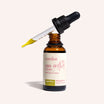
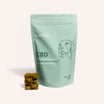
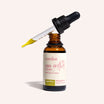
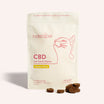
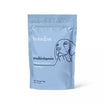
![Probiotics For Dogs [Soft Chews] - HolistaPet](http://www.holistapet.com/cdn/shop/files/Probiotic-Infographic-1_472d7a29-e30c-435a-9638-1365d8c3a9f9.jpg?v=1725384841&width=104)
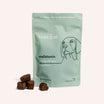
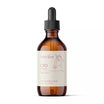
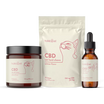
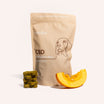
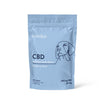
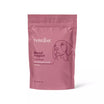
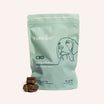
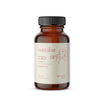
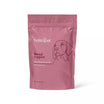
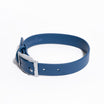
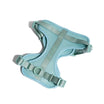
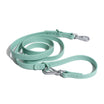
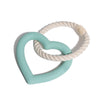
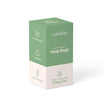
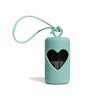
![How To Brush Dogs' Teeth [Dog Oral Hygiene Guide]](http://www.holistapet.com/cdn/shop/articles/How_to_brush_a_dogs_teeth_1_1_d358cec8-9983-483b-aaf4-a6288e51ccd7.webp?v=1738885871&width=1500)
![Why Does My Dog Lick Everything? [Normal vs. Problematic Behavior]](http://www.holistapet.com/cdn/shop/articles/236_520x500_e515e106-7aff-4336-89ef-31953bfe788f.jpg?v=1738835024&width=500)

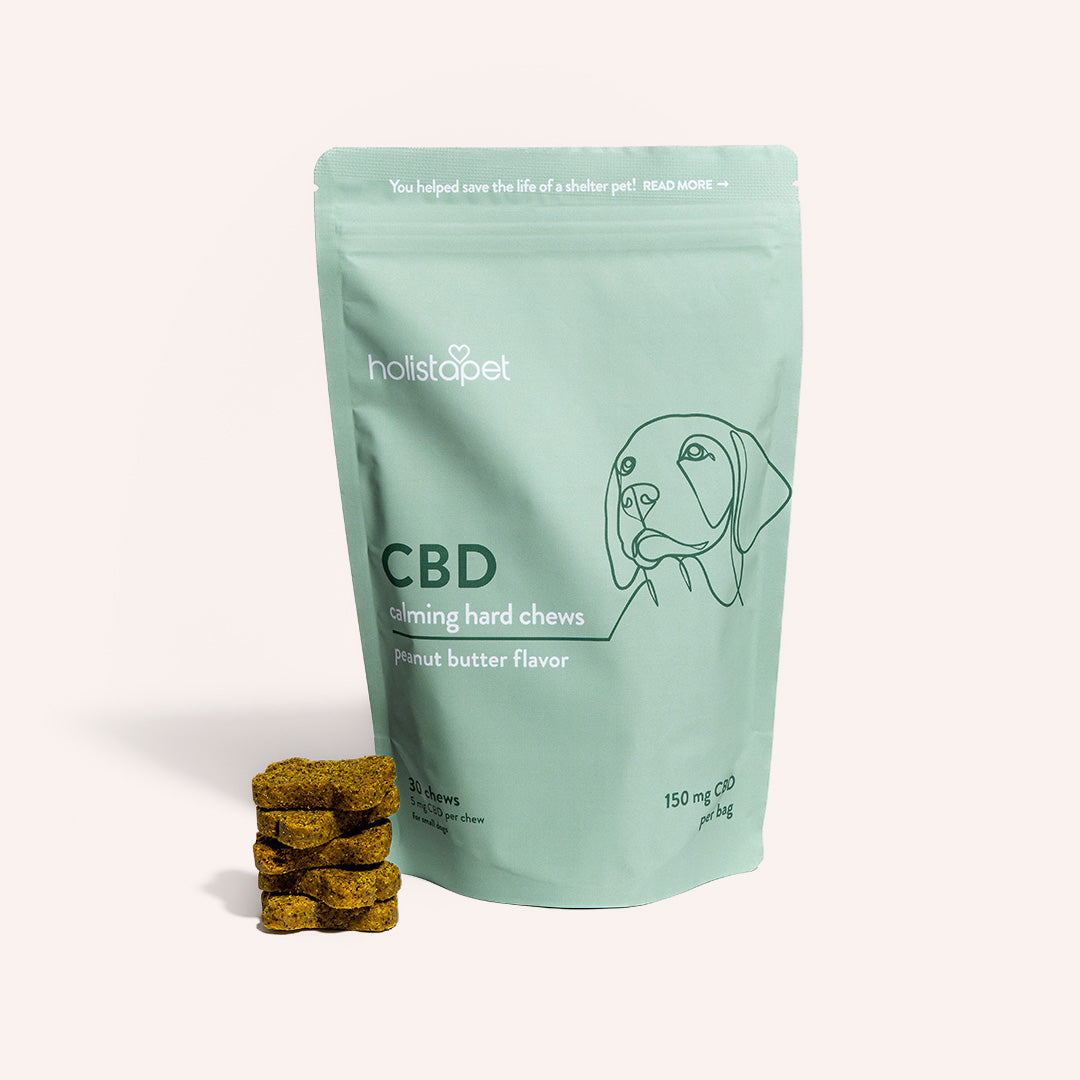
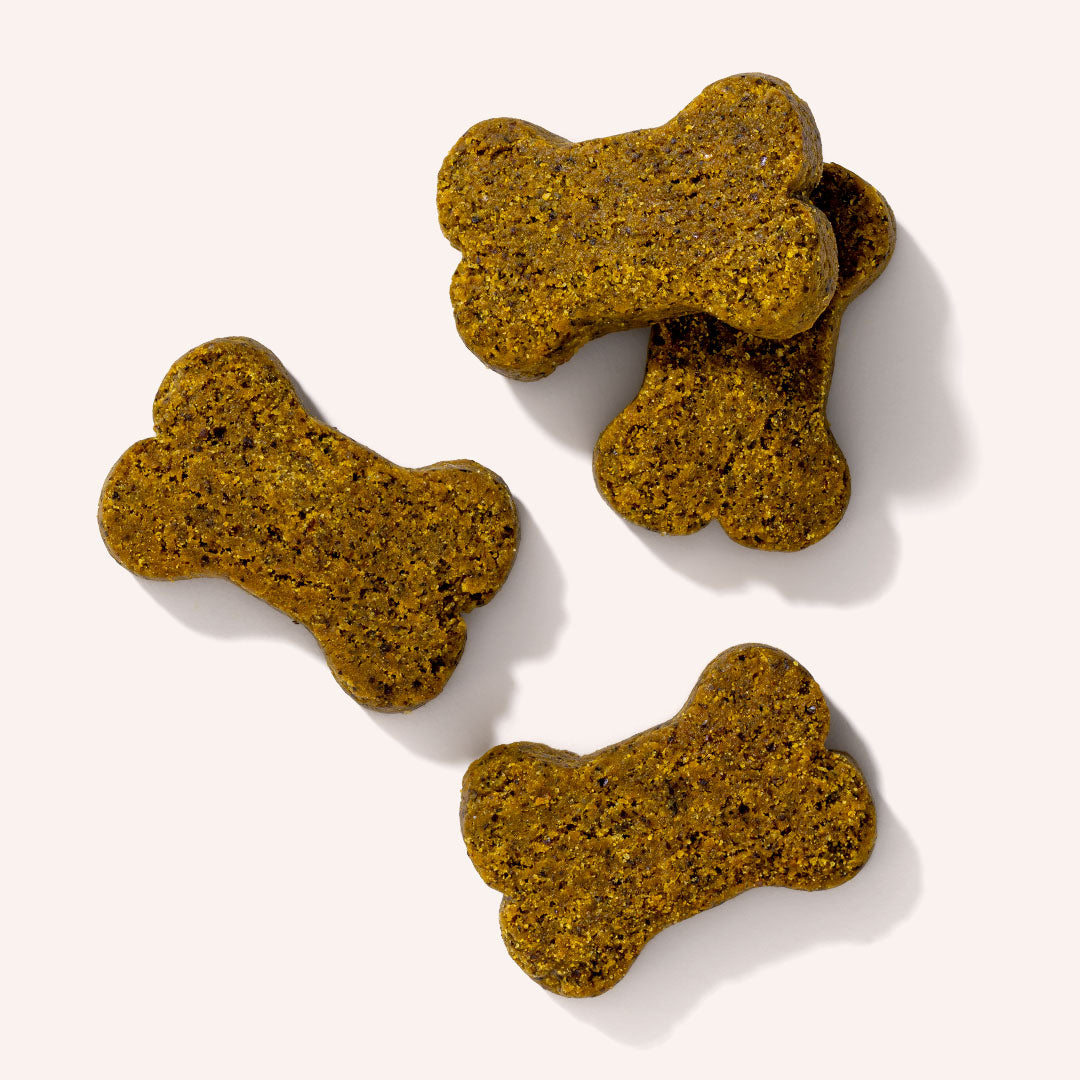
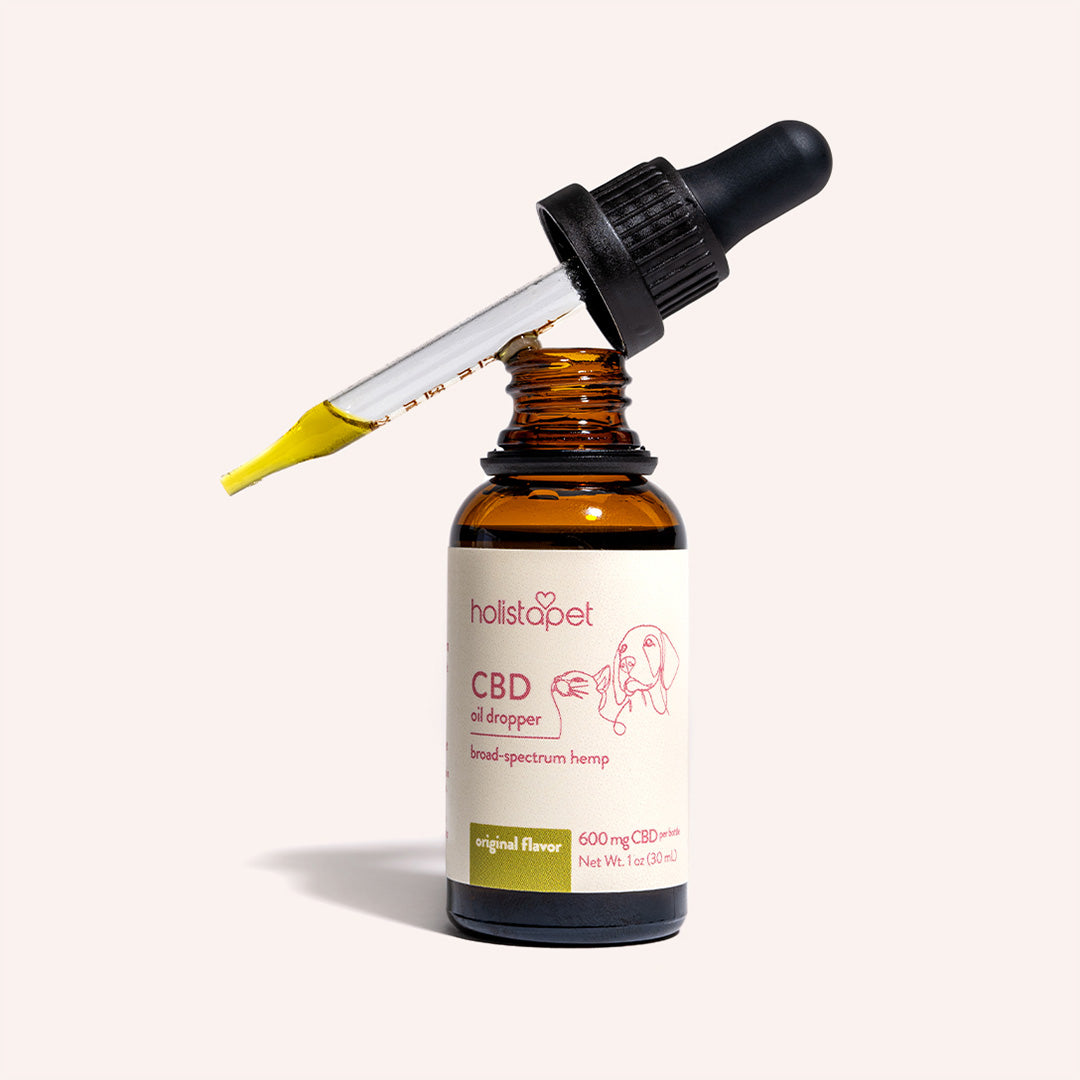
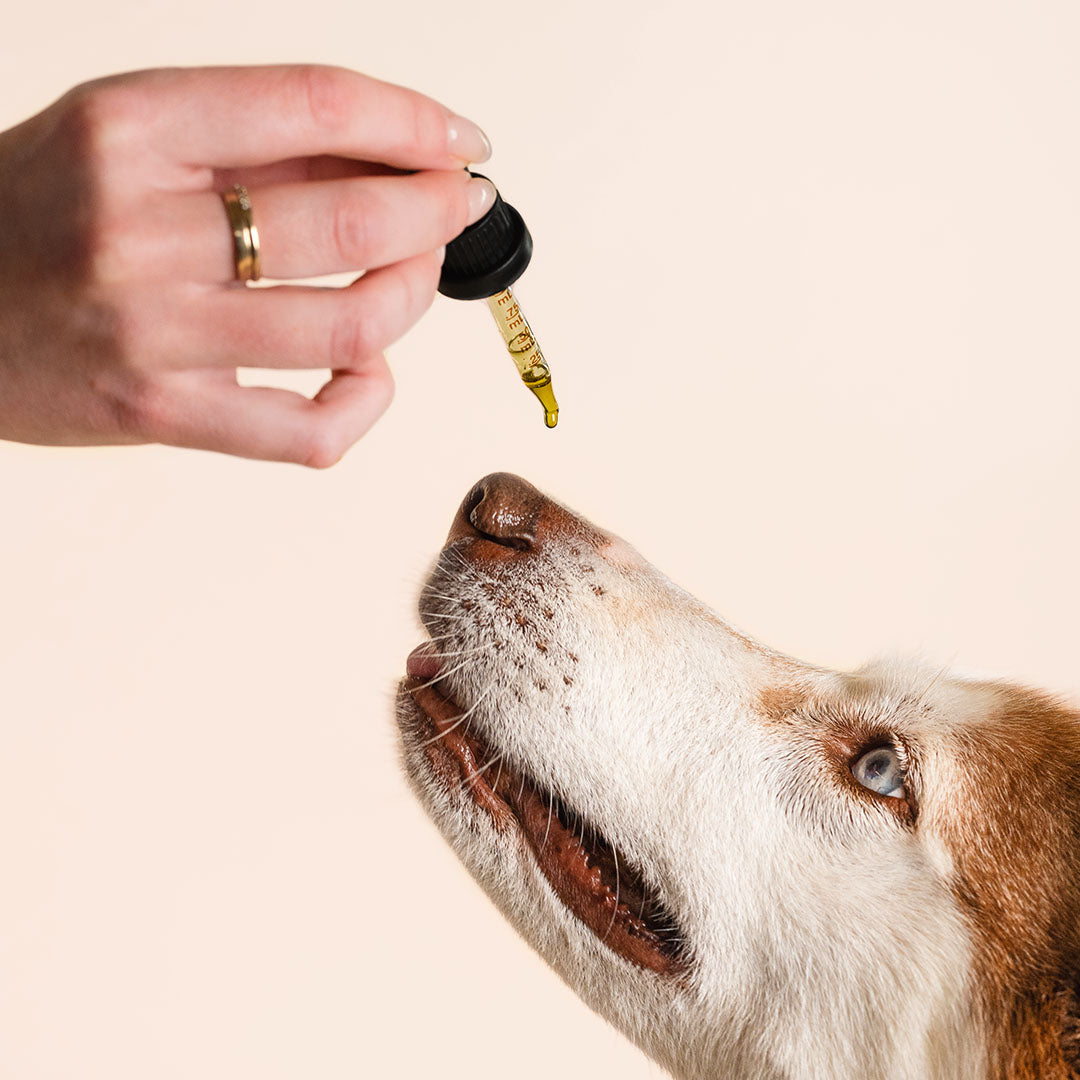
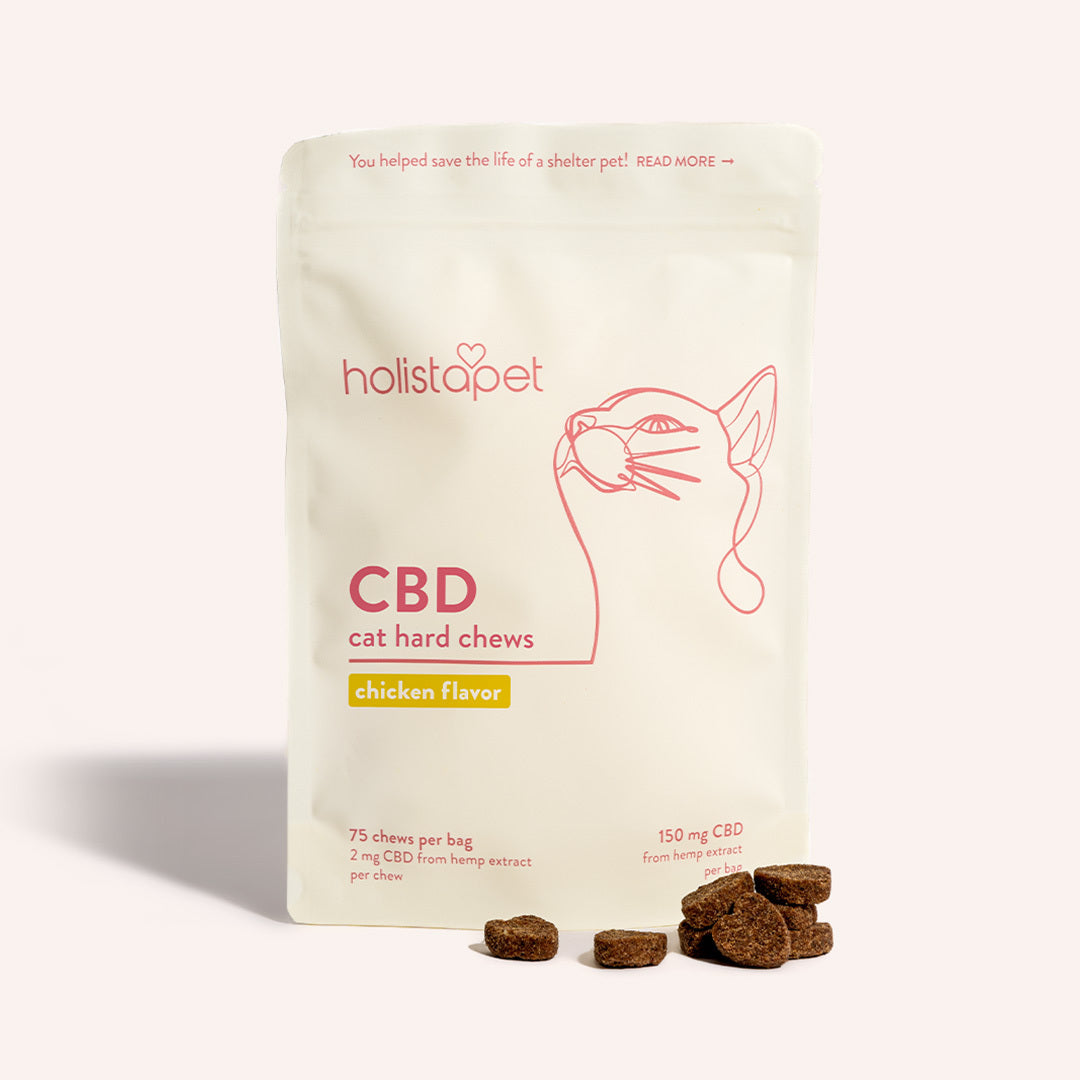
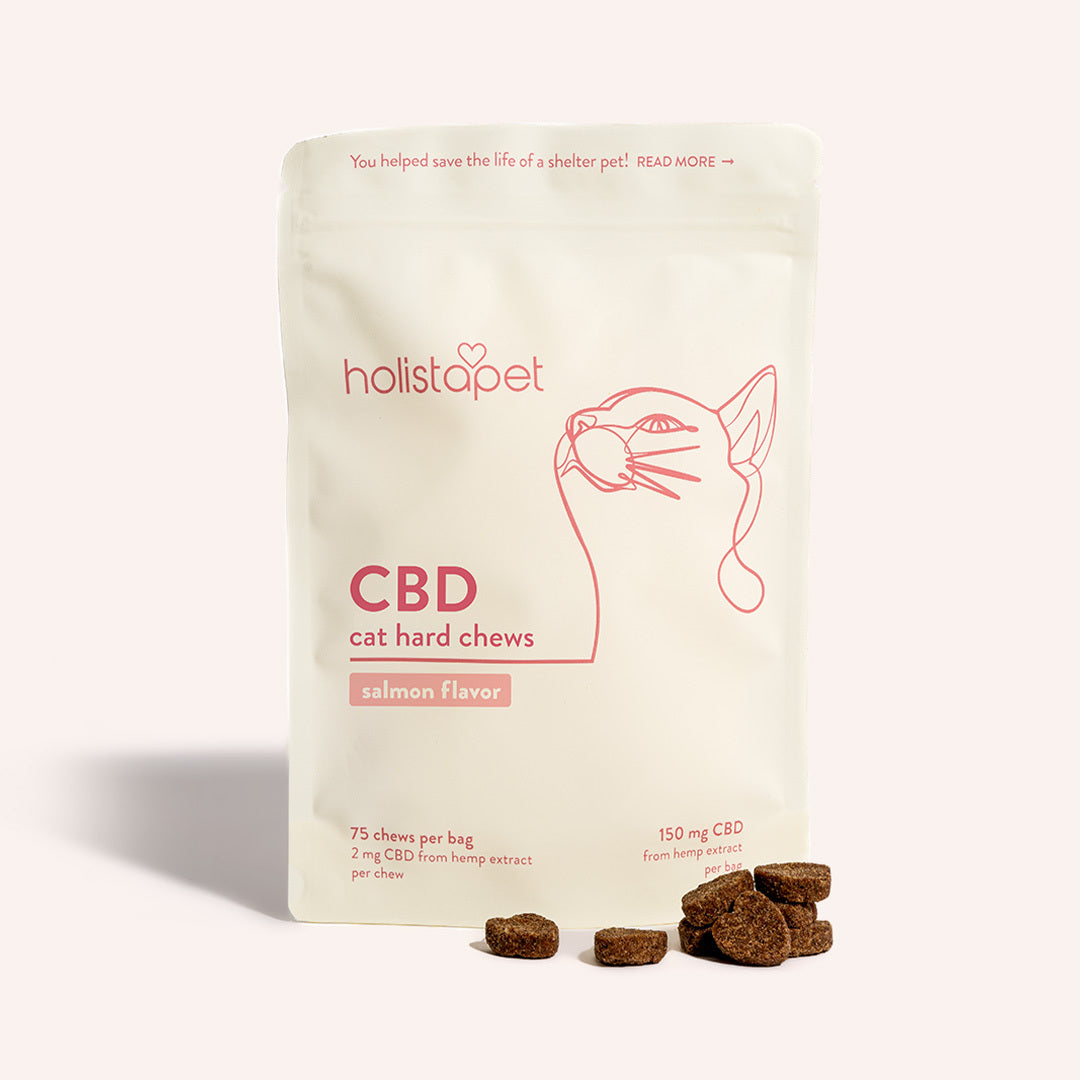
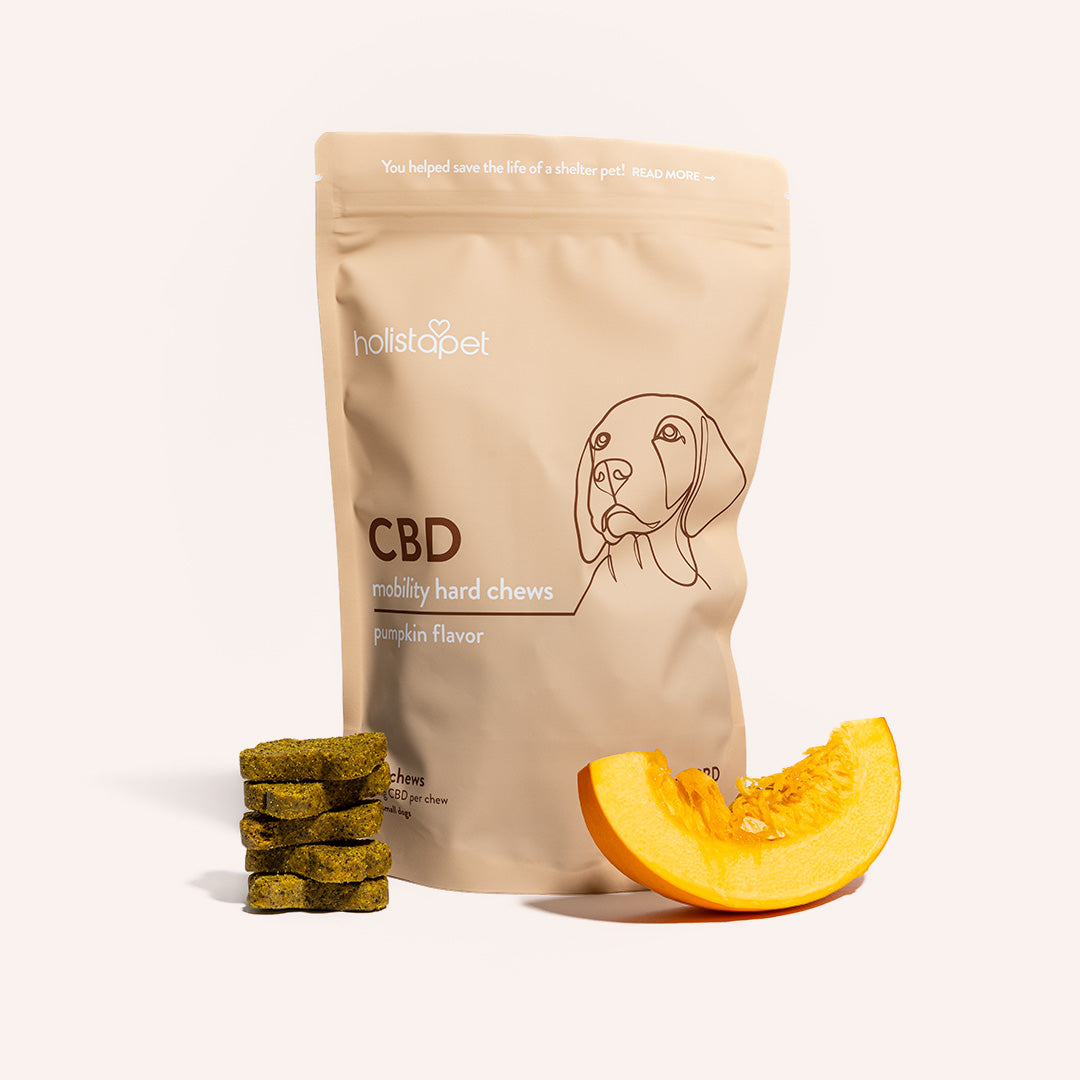
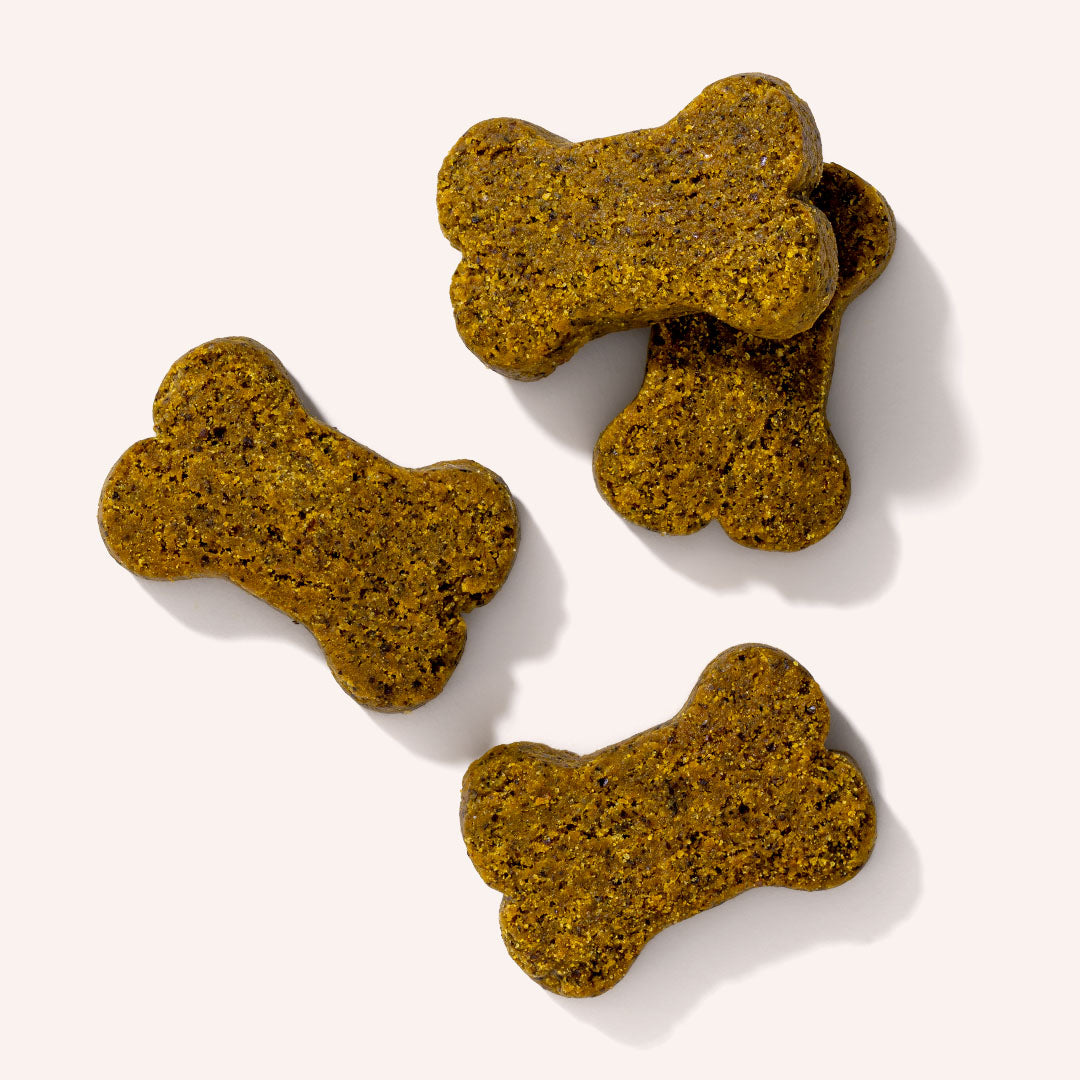
Leave a comment
All comments are moderated before being published.
This site is protected by hCaptcha and the hCaptcha Privacy Policy and Terms of Service apply.